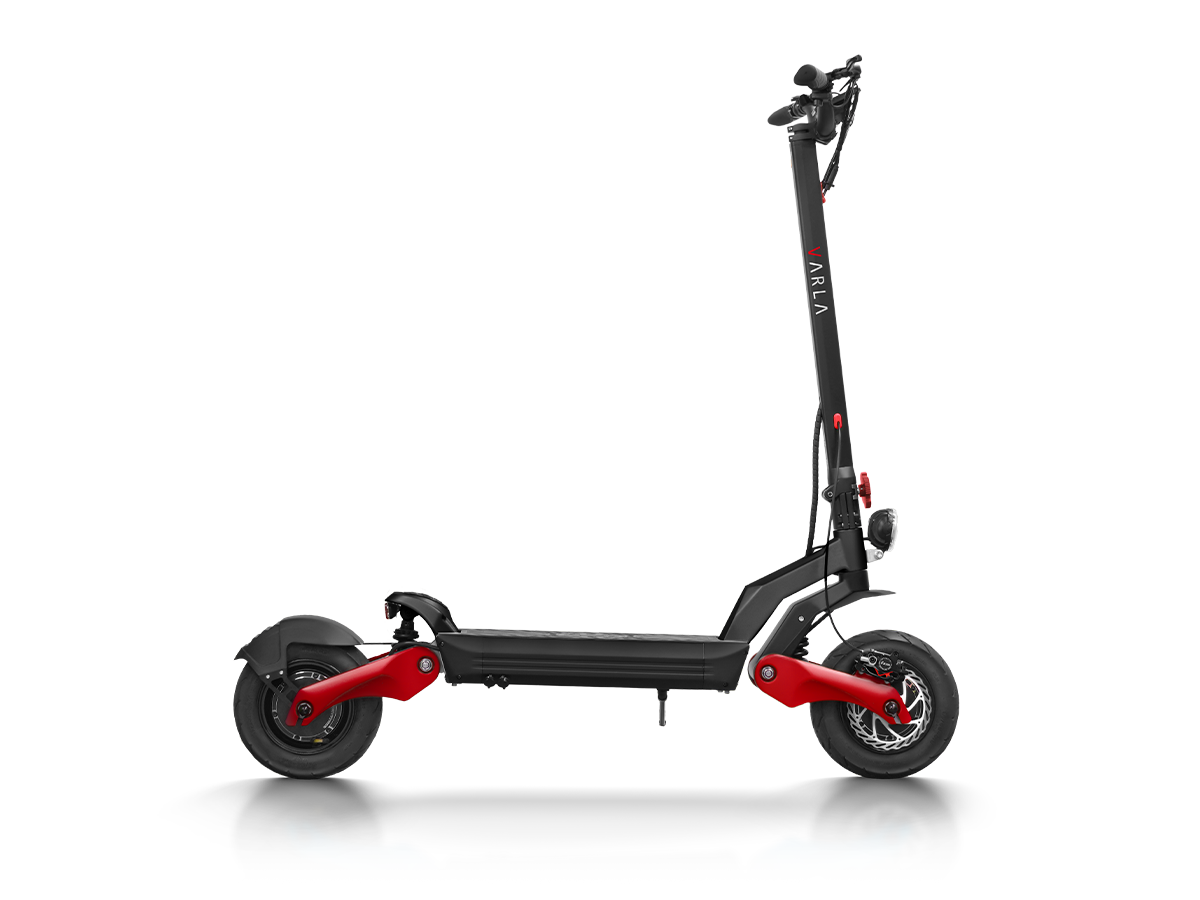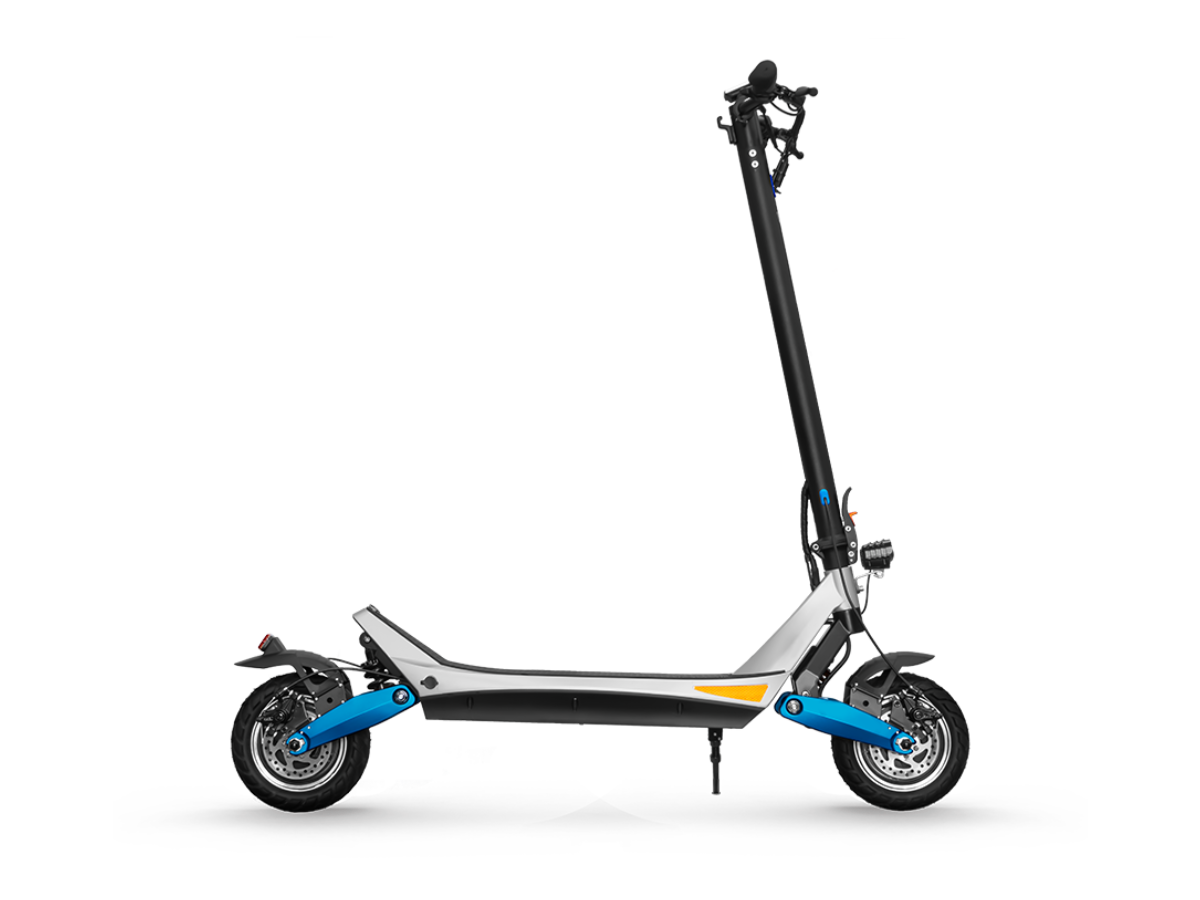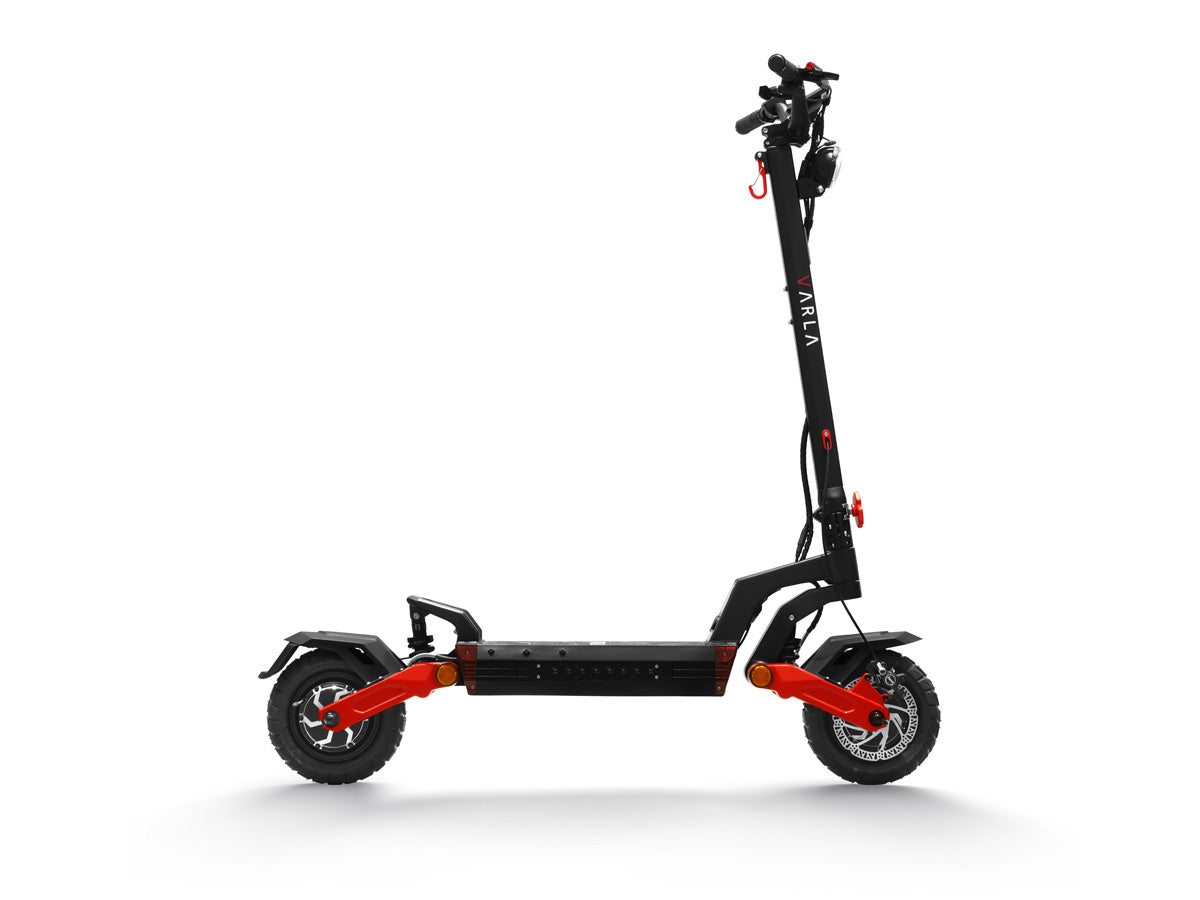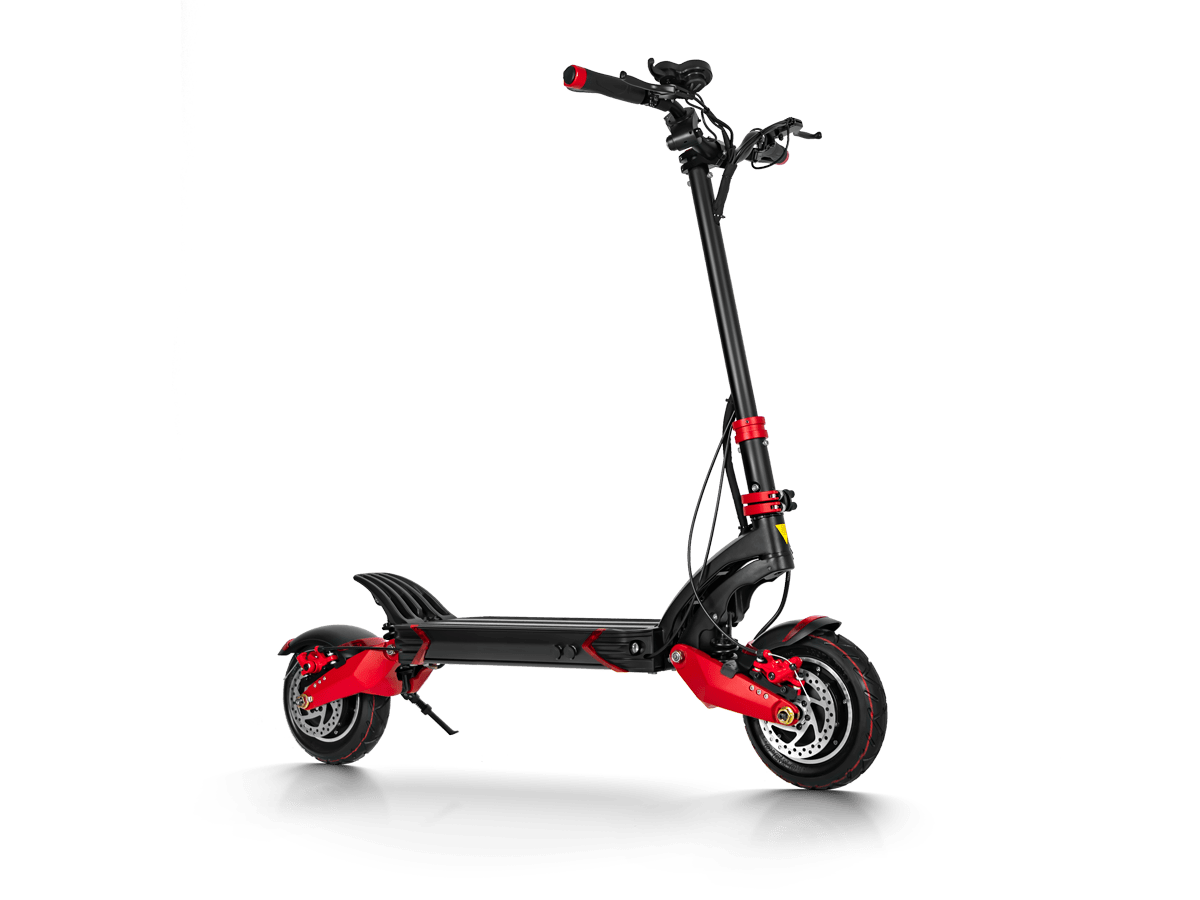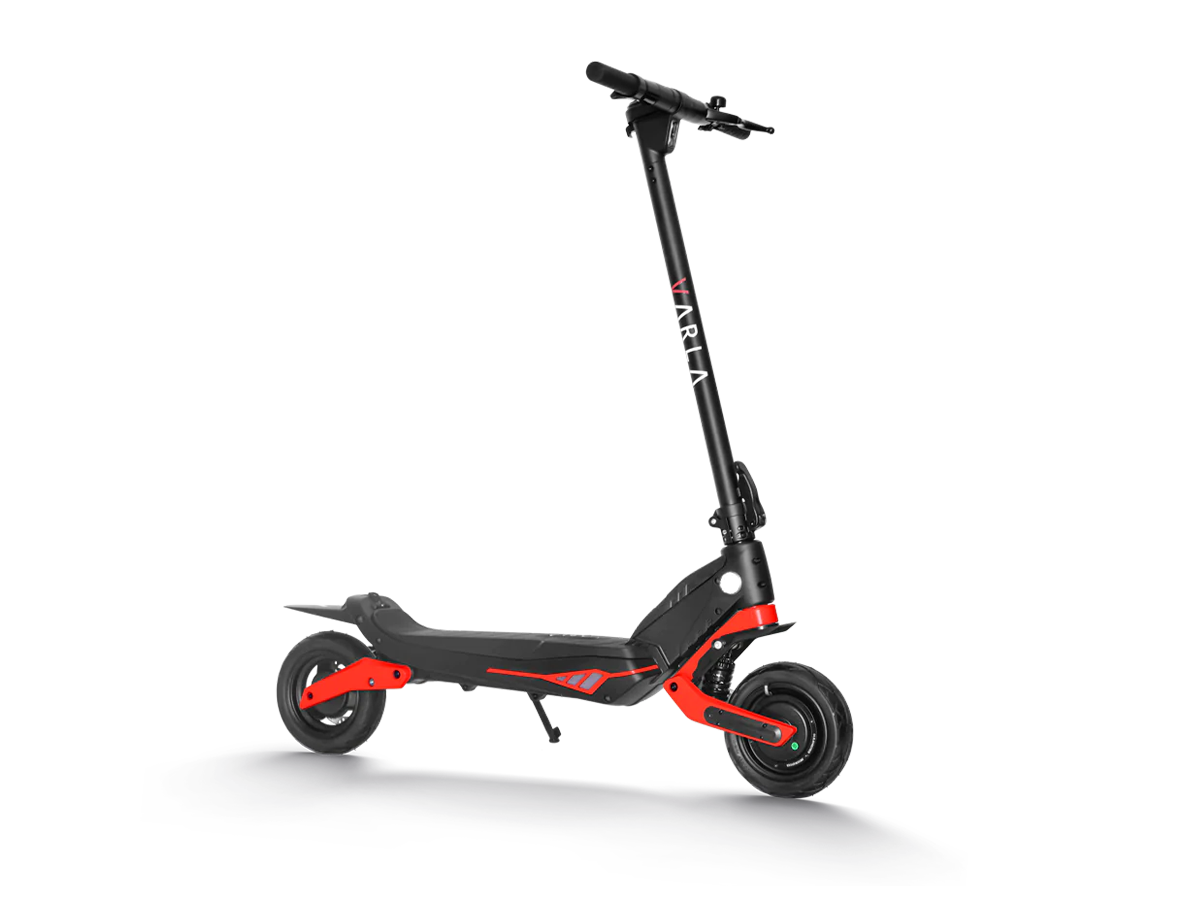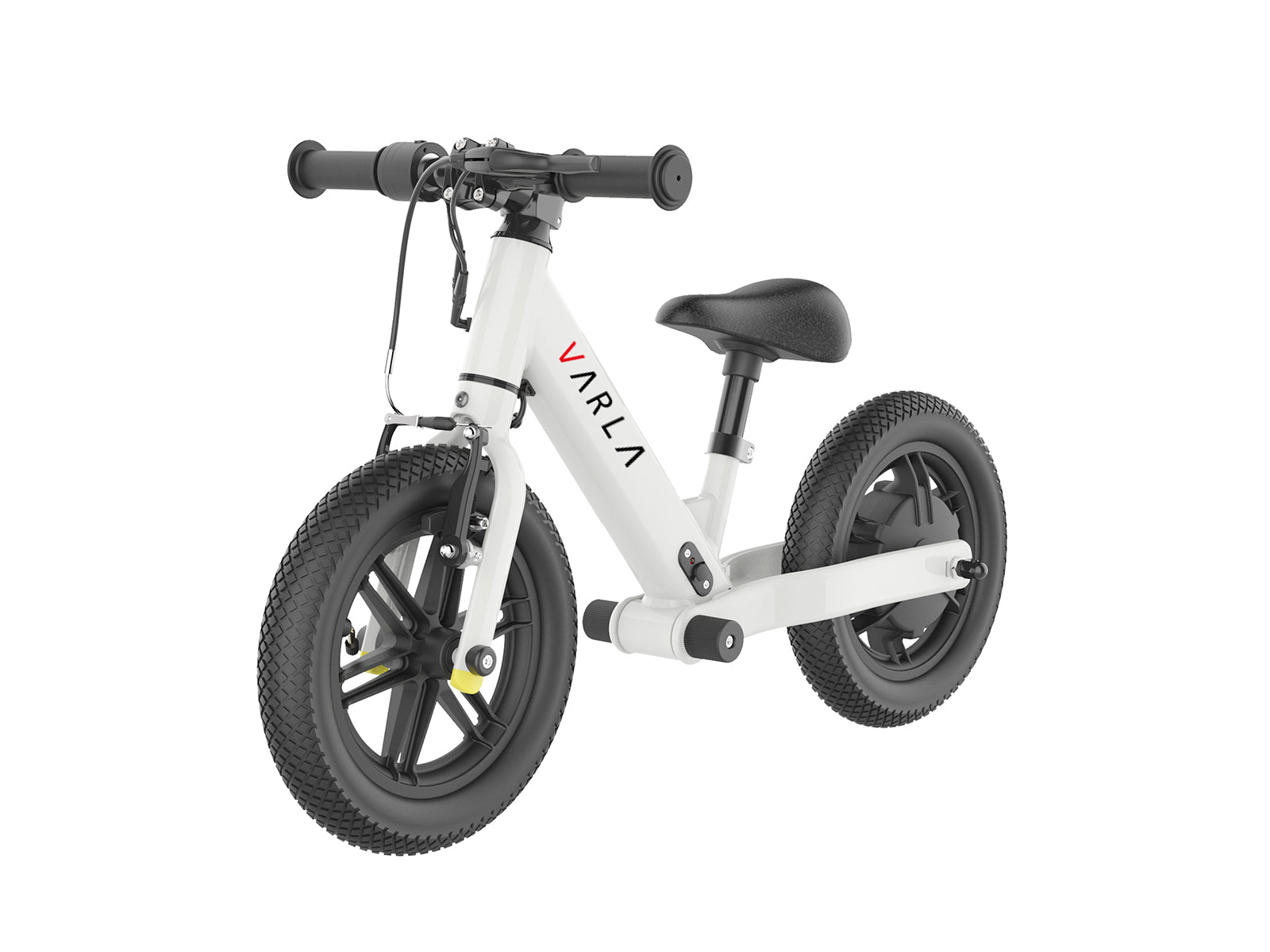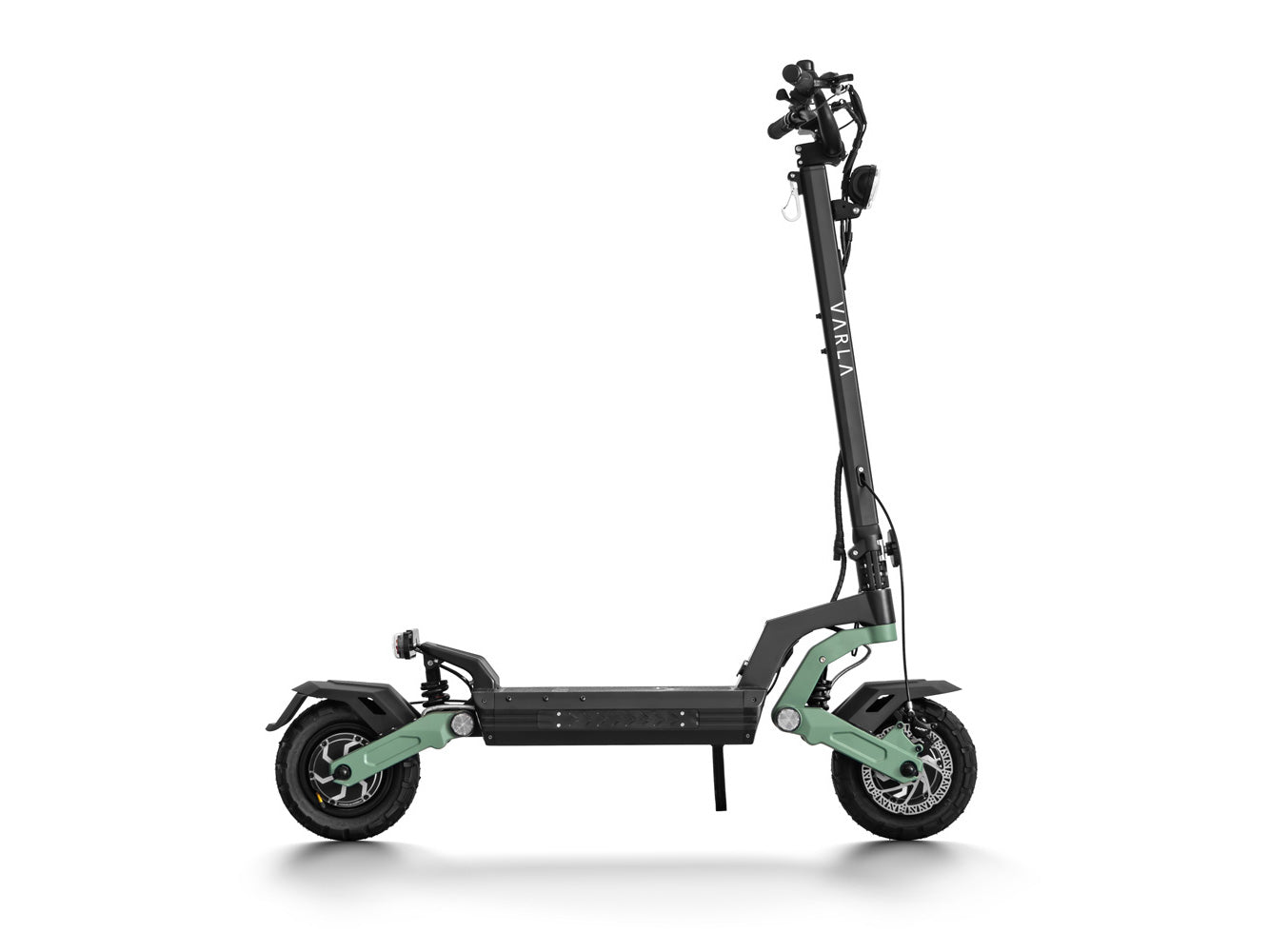
Can I Upgrade My Electric Scooter Battery?
Whether or not you can upgrade your electric scooter battery depends on the model of the scooter you have. Some scooters have batteries designed to be upgraded, while others do not. There are many benefits to upgrading your electric scooter battery. You get a longer range, and that’s because a higher amp-hour battery will give you a longer range on your scooter.
There are two main types of electric scooter batteries: lead-acid and lithium-ion. Lead-acid batteries are heavier and less expensive than lithium-ion batteries but have a shorter lifespan. Lithium-ion batteries are lighter and have a longer lifespan but are more expensive.
Lithium-ion batteries also charge faster than lead-acid batteries and are lighter in weight. With lithium-ion batteries, you also get a longer lifespan and improved performance. A new battery can boost your scooter's performance, making it faster and more efficient.
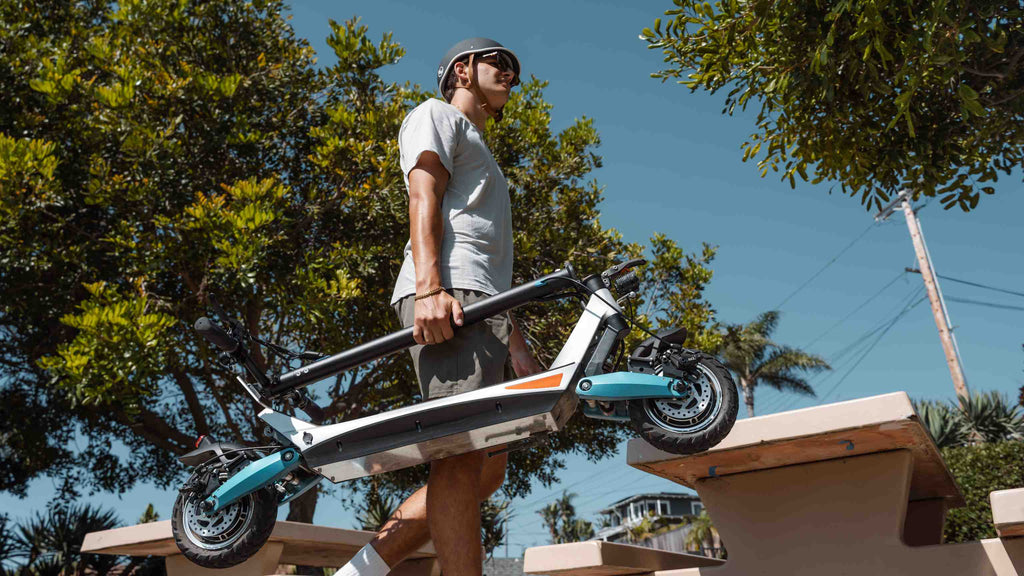
How Much Power Do I Need on an Electric Scooter?
Have you ever been on an electric scooter that can’t seem to carry your weight? That’s because you don’t have enough power on your electric scooter. The power you need on an electric scooter depends on several factors, including:
Your weight: The heavier you are, the more power you need. Actually, there is a weight limit on electric scooters.
The terrain: You will need more power riding on hills or in areas with strong winds.
Desired speed: If you want to be able to ride at high speeds, you will need more power.
Your budget: More powerful scooters are generally more expensive.
Most electric scooters have a motor power rating of 250-500 watts, which is sufficient for most people riding on flat terrain and not needing to go very fast. However, if you are heavier, ride on hills, or need to go fast, you may want to consider a scooter with a more powerful motor.
Electric Scooter Battery Types and How Do They Work?
There are two main types of electric scooter batteries: lead-acid and lithium-ion. Lead-acid batteries are the older, more traditional type of battery. They are less expensive than lithium-ion batteries but have a shorter lifespan and are heavier. Lead-acid batteries should also be discharged more frequently to prevent them from losing capacity.
Lithium-ion batteries are the newer type of battery. They are more expensive than lead-acid batteries but have a longer lifespan and are lighter. Lithium-ion batteries also do not need to be discharged as frequently.
Both lead-acid and lithium-ion batteries work by converting chemical energy into electrical energy. However, they do this in different ways. Lead-acid batteries use a chemical reaction between lead and sulfuric acid to produce electricity. When the battery is discharged, the lead and sulfuric acid react to form lead sulfate. When the battery is recharged, the lead sulfate is converted to lead and sulfuric acid.
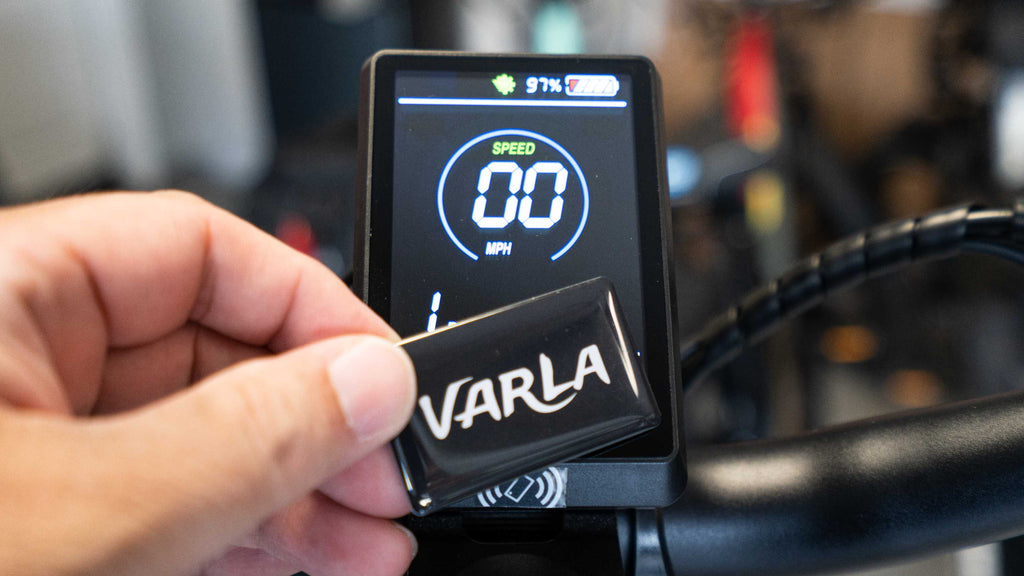
Lithium-ion batteries use a chemical reaction between lithium and other chemicals to produce electricity. When the battery is discharged, the lithium-ions move from the negative to the positive electrode. The lithium ions return to the negative electrode when the battery is recharged.
The Pegasus City Commuter Electric Scooter comes equipped with a 48V 15.6Ah lithium-ion battery. This battery has several advantages over lead-acid batteries, including:
Longer lifespan: Lithium-ion batteries have a lifespan of up to 5 years, while lead-acid batteries have a lifespan of up to 2 years.
Lighter weight: Lithium-ion batteries are significantly lighter than lead-acid batteries, making the Pegasus easier to carry and maneuver.
Higher energy density: Lithium-ion batteries can store more energy than lead-acid batteries, giving the Pegasus a longer range on a single charge.
Faster charging: Lithium-ion batteries charge faster than lead-acid batteries.
Signs Your Electric Scooter Battery Needs Upgrading
There are telltale signs to show that your battery needs upgrading. Here are some of such signs:
1. Shortened range:
If you are finding that you are not getting as much range out of your electric scooter as you used to, it may be a sign that the battery is starting to degrade.
2. Reduced speed:If your electric scooter is not accelerating as fast as it used to or is struggling to maintain speed on hills, it may be a sign that the battery is not providing enough power.
3. Frequent recharging:If you have to recharge your electric scooter battery more often than usual, it may be a sign that the battery is not holding a charge as well as it used to.
4. Age of the battery:Even if your electric scooter battery is not showing any of the other signs of degradation, it is important to consider the age of the battery. Most electric scooter batteries have 2-5 years lifespan, so if your battery is older, it may be time to upgrade.
Tips for Upgrade Your Electric Scooter Battery
If you are uncomfortable upgrading the battery, take the battery scooter to a qualified technician. Still, if you wish to do this yourself, these tips would help upgrade your electric scooter battery:
1. Safety First:Always wear safety glasses and gloves when working with batteries. It also helps to disconnect the battery from the scooter before you begin. Be careful not to short-circuit the battery terminals and keep the battery away from flammable materials.
2. Check Compatibility:Make sure the replacement battery is compatible with your scooter. This includes checking the voltage, amp-hour rating, and battery's physical size. You can usually find this information in your Varla scooter's owner's manual.
3. Remove and Install the Batteries:Locate the battery compartment and remove the old battery. Also, be careful not to damage the battery or the scooter when removing it. Install the new battery in the compartment and connect it to the scooter. After you do this, make sure that the battery is securely fastened.
4. Test the Scooter:Once the new battery is installed, turn on the scooter and test it out. Ensure the scooter is functioning properly and the battery provides enough power.
5. Proper Disposal of the Old Battery:Do not dispose of the old battery in the regular trash. Electric scooter batteries contain hazardous materials that can harm the environment. Instead, you can recycle the old battery at a local battery recycling center.

Proper Charging Practices
Here are some proper charging practices for electric scooter batteries:
Use the charger that came with your Varla Electric Scooter off road electric scooter. This charger is designed to work specifically with your battery and will help to prevent overcharging.
Charge the battery in a cool, dry place. Avoid charging the battery in direct sunlight or extreme temperatures.
If you do not use your scooter for a while, store it with a partially charged battery. Lithium-ion batteries should be stored at around 50% charge.
Do not completely drain the battery. Keeping the battery charged above 20% is best to prevent damage.
Conclusion
Upgrading your electric scooter battery can be a great way to improve its performance and range. However, it is important to choose the correct battery for your scooter and upgrade it safely.
Make sure that the replacement battery is compatible with your scooter. This includes checking the voltage, amp-hour rating, and battery's physical size. Also, wear safety glasses and gloves when working with batteries. Disconnect the battery from the scooter before starting any work. Be careful not to short-circuit the battery terminals, and don’t forget to keep the battery away from flammable materials.
Newletter
Promotions, new products and sales. Directly to your inbox.
